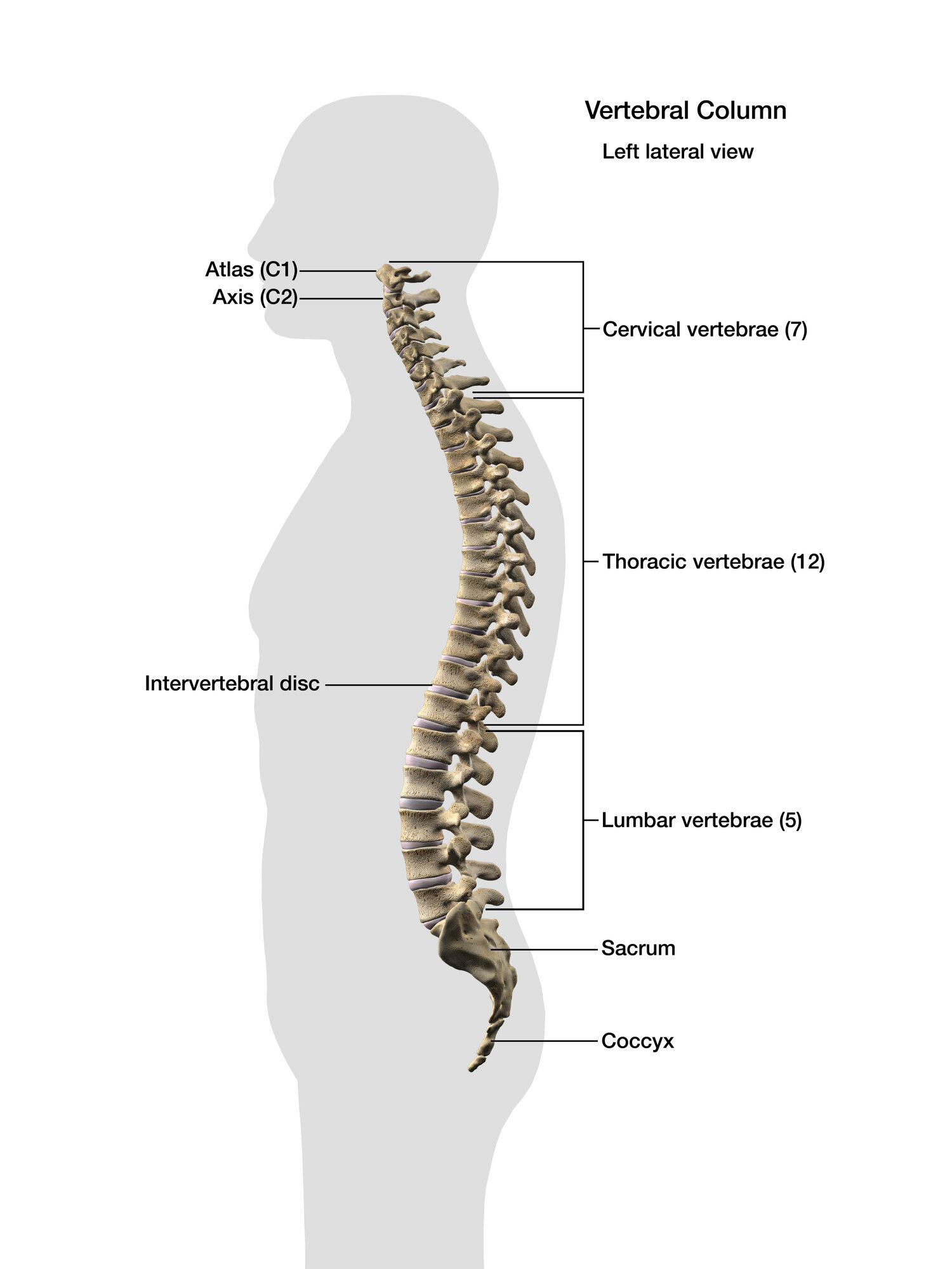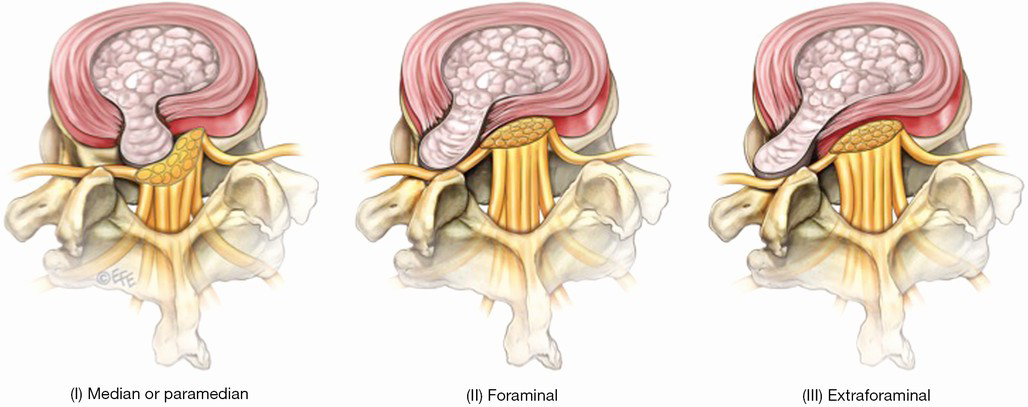Radiculopathy | Sciatica | Pinched Nerve
Overview of the spine
The spinal column, or the vertebrae, consists of 24 separate bones along with the fused bones of the sacrum and coccyx. The vertebral column is a strong, flexible rod that protects the spinal cord, supports the head, and provides an attachment for the ribs. There are four major components of the spine: the vertebrae, joints, discs and nerves.
Photo by Hank Grebe/iStock / Getty Images
The separate bones of the vertebrae link together to form a "tunnel" that protects the nerves and spinal cord. The lumbar vertebrae are under constant pressure from the weight of the upper body. The "wear and tear" of this pressure over a period of time can contribute to the development of low back pain.
Joints
Joints, or the spaces between two or more bones, are found throughout the body. Joints allow different degrees of movement that change the position of bones, since bones are too rigid to bend without damage. Joints are located at each vertebrae and provide flexibility and stability within the vertebral column.
Discs
Discs are made up of a fibrous outer ring (annulus) and a gelatinous inner core (nucleus). Discs located in between the vertebrae act as "shock absorbers," preventing the vertebrae from rubbing together. Discs function as the "glue" that holds the vertebrae together and they also provide flexibility within the vertebral column. Discs often show the first signs of "wear and tear" associated with the aging process, since they are constantly "squeezed" and "stretched" under the forces of the vertebrae.
At each disc level, a pair of spinal nerves exits and passes into arms and legs. The spinal cord (which runs through the middle of the vertebrae) and the spinal nerves act as a "telephone" to allow messages, or impulses, to travel to the brain and then to the arms and legs to control sensation and movement.
The spinal nerves innervate ("wire") the body in a very precise way. These precise innervations are called dermatomes. The fibers of one spinal nerve root affect a specific area of the body. Therefore, a nerve that is compressed ("pinched") causes symptoms in a specific region of the body. For example, a nerve pinched at the fifth lumbar vertebrae typically produces pain in the outer part of the lower leg and foot.
What is radiculopathy?
A disc herniation occurs when the outer rim (annulus) of the disc weakens or tears, causing the nucleus to push outward.
When the disc herniates backward, to the right, or to the left it may impinge or "pinch" on a spinal nerve and/or the spinal cord, causing symptoms in the corresponding dermatome (skin) area. This is called a "radiculopathy." A radiculopathy may occur spontaneously or with trauma.
Not all disc herniations cause impingement. As many as 30 percent of all adults have symptom-free bulges or minor herniations in the cervical area. Also, as many as 30 to 60 percent of all adults have disc bulges in their lower back that are entirely symptom free.
Radiculopathy most commonly affects people between the ages of 30 and 50.
What are the symptoms of a radiculopathy?
When a disc herniates and impinges a spinal nerve, it may cause pain, changes in sensation (numbness), and loss of muscle strength in the affected area. Numbness and muscle weakness is often felt in the corresponding area in the extremity. Each nerve tends to follow a very repeatable pattern for numbness, weakness and pain across the general population.
Cervical (neck) radiculopathy causes more pain in the lower arm than in the neck area. Lumbar (lower spine) radiculopathy usually causes more pain in the leg (above or below the knee or both) than in the back area.
How common are herniated discs?
Herniated discs are very common. They occur more often in people aged 35 to 55 years. They are more common in men than in women.
Sobel Spine and Sports is your sciatica specialist in Phoenix. Our proven methods bring relief and restore your quality of life. Say goodbye to sciatic pain and hello to a brighter, pain-free future with us.



